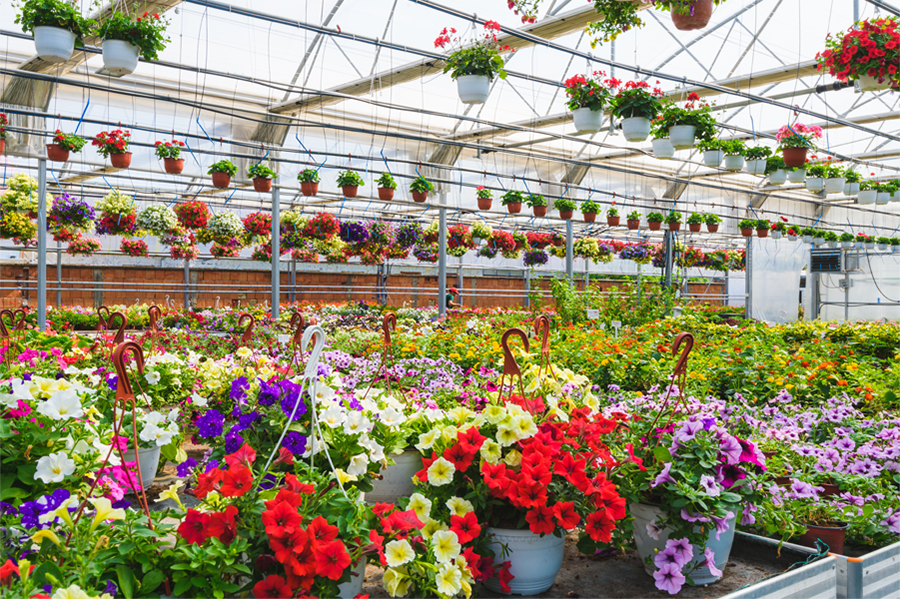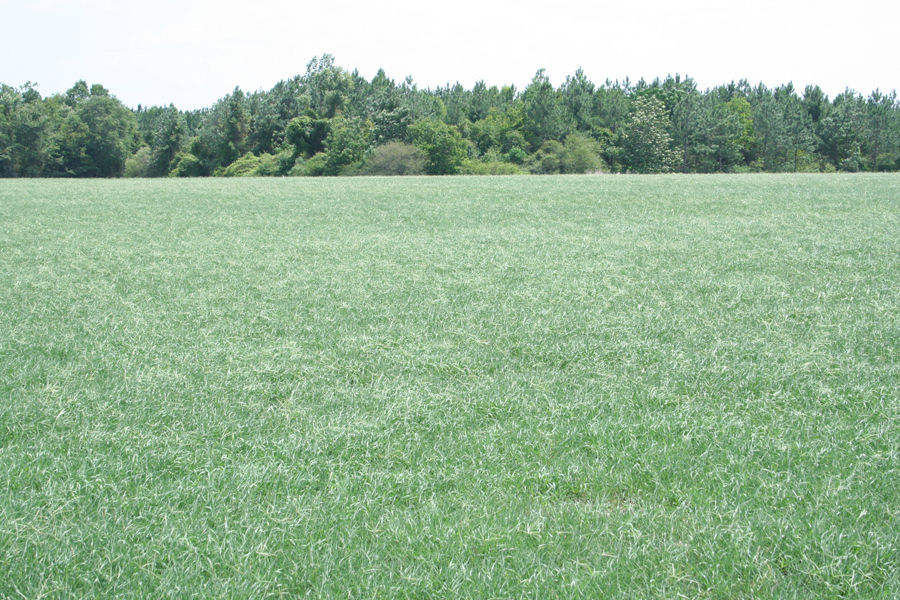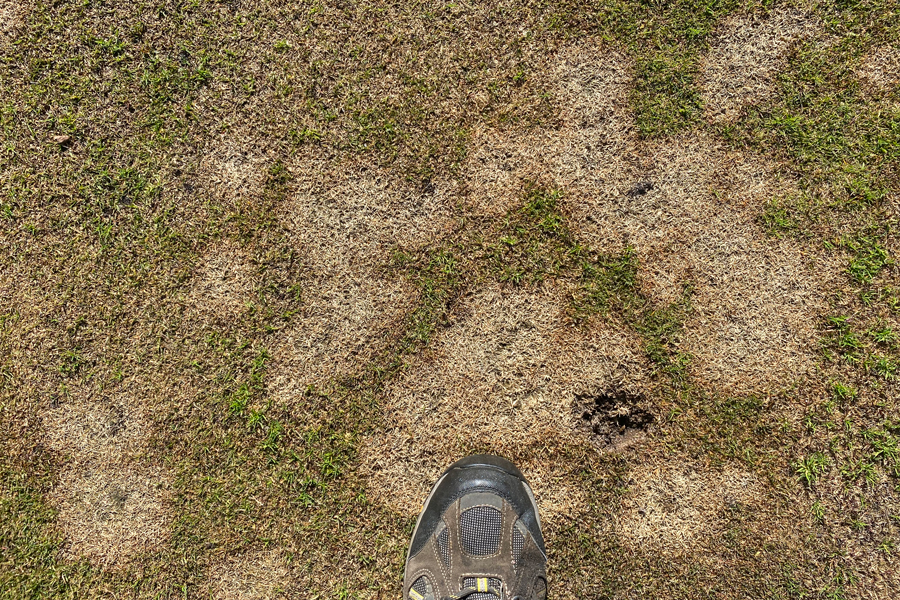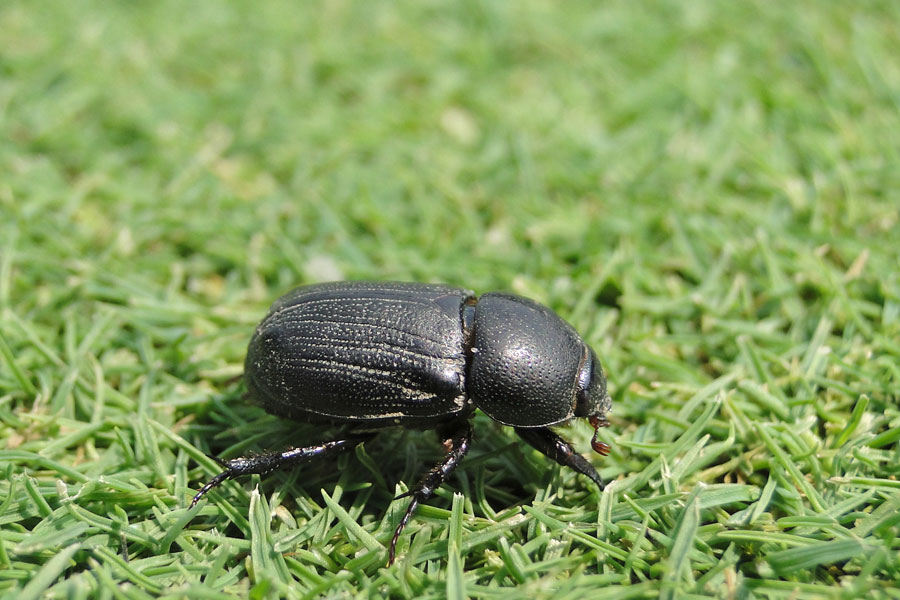Turfgrass
-

Georgia’s nurseries, greenhouses and turfgrass businesses are major contributors to Georgia’s growing economy, to the beauty of Georgia homes and businesses, and to a better quality of life. When used appropriately, the products and services provided by these businesses enhance the environment of their customers. Thus, it only makes sense that these businesses should use management practices that are not damaging to natural resources and the environment. This publication is one tool that green industry companies can use to evaluate their management practices and design strategies for environmental compliance and pollution prevention.
Ping Yu
|
-

AP 130-1-12
Green Industry 2023
1. 2022 was a good year for many green industry firms, with many firms
seeing increased profits.
2. There are many unknowns going into 2023 that will impact green
industry sales, including higher inflation and interest rates, mixed signals
within the economy, and the impact of varying strength of the housing
market in Georgia.
3. Green industry sales in Georgia are projected to be similar to 2022 levels.Amanda R Smith and Ben Campbell
|
-

Bahiagrass (Paspalum notatum Flugge) is a long-lived, perennial warm season grass that is grown extensively in the southeastern United States. It is most commonly used as a pasture species, but can be used for hay production, erosion control, and wildlife habitat. Bahiagrass can also be used in “sod-based rotation” sequences that have been found to suppress pest problems (nematode and disease issues) in crops such as peanuts.
Jeremy Kichler, Ronald Scott Tubbs, Lawton Stewart, Lisa Baxter, and William Secor
|
-

This publication summarizes the latest and most relevant information regarding the management of the bermudagrass stem maggot (BSM), including biological, cultural, physical and chemical mitigation strategies. In addition to information about how to control the pest, this bulletin provides detailed information about the history, identification, and biology of the bermudagrass stem maggot.
William G. Hudson, Jennifer J. Tucker, and Lisa Baxter
|
-

This publication contains information on Microdochium patch, an emerging disease in the state of Georgia. This circular contains the biology of the causal agent, as well as a detailed description of the disease symptoms (with detailed pictures), relevant up-to-date information on conditions favoring the disease, as well as cultural, genetic and chemical methods of control. The publication is aimed at turfgrass professionals, sod growers, consultants, county faculty, students, and the general public.
Alfredo Martinez and Bochra Amina Bahri
|
-

Turfgrass stands can be injured and damaged by biotic (living) and abiotic (non-living) agents. Most abiotic diseases cause generalized symptoms such as wilting, yellowing, thinning and the development of smaller than normal grass blades, limited root growth or slow growth. Based solely on symptoms, however, determining whether the condition is caused by a biotic or an abiotic agent can be challenging. In many cases, a proper diagnosis of abiotic diseases requires thorough examination of the site, knowledge of relevant past and present environmental conditions, in-depth knowledge of plant species biology, site management history, and an orderly series of tests to determine possible causes.
Alfredo Martinez
|
-

Los céspedes pueden ser atacados por agentes bióticos (vivientes) y abióticos (no-vivientes). Los agentes bióticos incluyen patógenos (hongos, bacterias, virus, citoplasma etc) y plagas como nematodos, insectos, ácaros, moluscos y vertebrados (roedores, pájaros etc.). Los factores abióticos incluyen: condiciones climáticas como las temperaturas extremas, el exceso o deficiencia de agua, luz o nutrientes, suelo compacto, sequía, estancamiento de agua y/o prácticas de cultivo adversas. Estos factores pueden ser el resultado de una interacción que ha existido por un periodo largo de tiempo entre la planta y uno o más factores como la falta de espacio para un crecimiento radicular óptimo, la presencia de niveles crónicos de contaminantes del aire o agua.
[Turfgrass stands can be injured and damaged by biotic (living) and abiotic (non-living) agents. Most abiotic diseases cause generalized symptoms such as wilting, yellowing, thinning and the development of smaller than normal grass blades, limited root growth or slow growth. Based solely on symptoms, however, determining whether the condition is caused by a biotic or an abiotic agent can be challenging. In many cases, a proper diagnosis of abiotic diseases requires thorough examination of the site, knowledge of relevant past and present environmental conditions, in-depth knowledge of plant species biology, site management history, and an orderly series of tests to determine possible causes.]
Alfredo Martinez
|
-

The sugarcane beetle has been a significant pest of many crops, including sugarcane, corn, sweet potato, and rice, for more than 100 years. It is a native species commonly found in turfgrass. While low numbers of beetles in an area generally are not regarded as pests, increasing numbers of adult beetles have been causing damage to turfgrass stands throughout the Southeastern U.S.
The adult sugarcane beetle is about ½ in. long, and is black with small punctures along the elytra, or wing covers, that create long, lengthwise stripes. Its first pair of legs have four serrations that make the beetle a strong digger. As a result, adults are known to damage asphalt roofs, door gaskets, and other soft structural elements
when lights attract them to buildings. The larvae of sugarcane beetles are C-shaped grubs, which are similar in appearance to other white grub species. Third-instar larvae can reach up to 1¼ in. long and are identified by their creamy white bodies with reddish-brown head capsules.William G. Hudson, Clint Waltz, and Shimat V. Joseph
|
-

This biennial publication contains the proceedings of the turfgrass field day carried out at the UGA Griffin campus every other year; 2022 was the first field day since the 2018 field day because of the COVID-19 pandemic. The guide provides professionals with continuous, real-time access to the latest up-to-date information about turfgrass research studies, products, and turfgrass Extension activities, programs, and outreach. Topics will include, but are not limited to: crop and soil science, agronomy, weed science, plant pathology, entomology, economics, tissue culture, urban agriculture, irrigation, and student posters.
Clint Waltz, Shimat V. Joseph, David Jespersen, and Bochra Amina Bahri
|